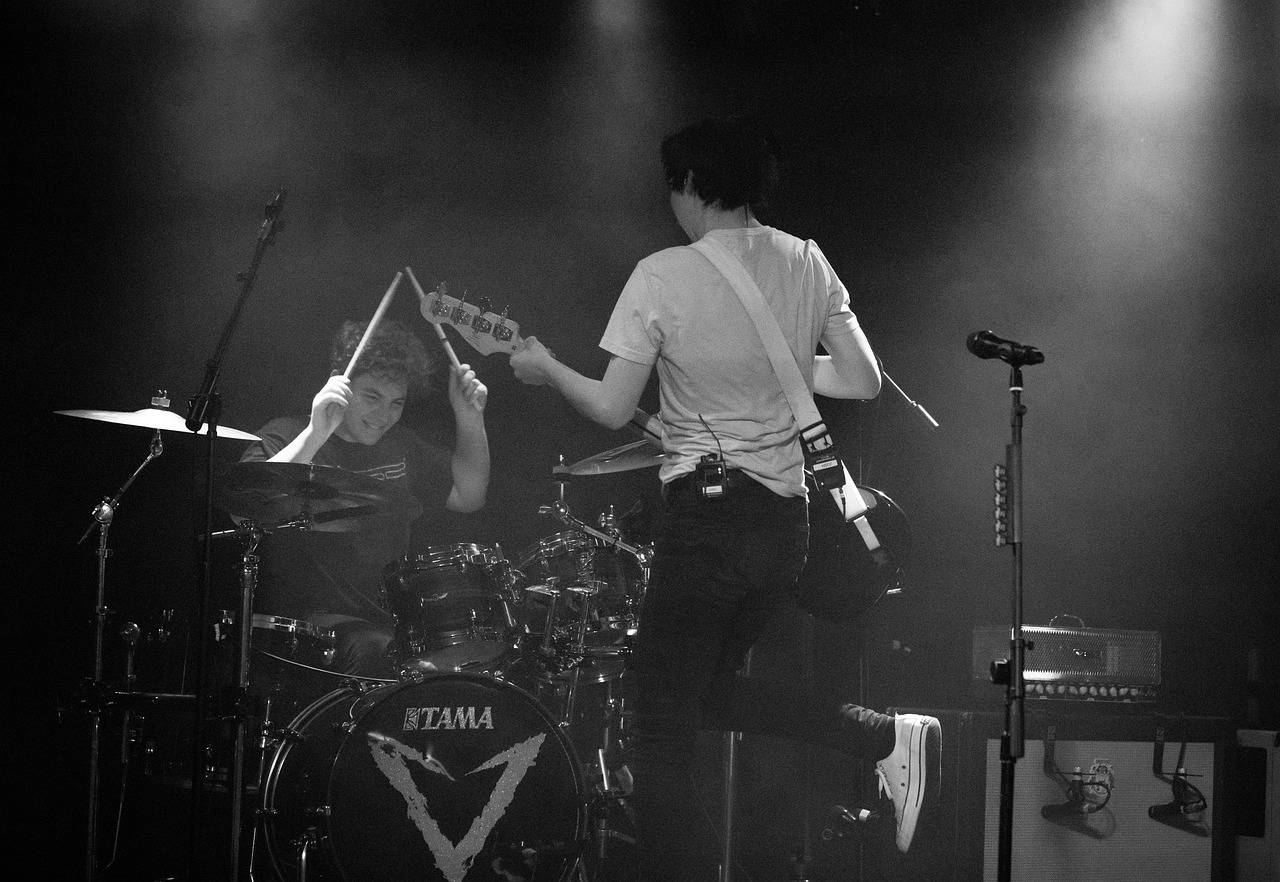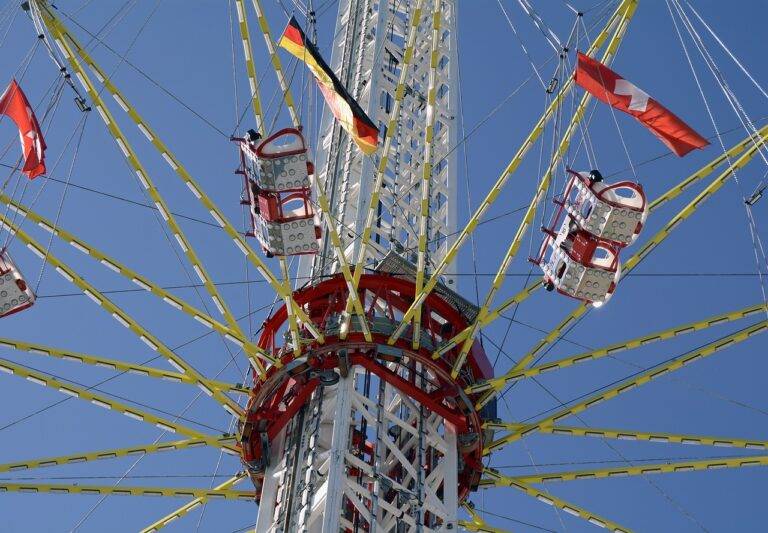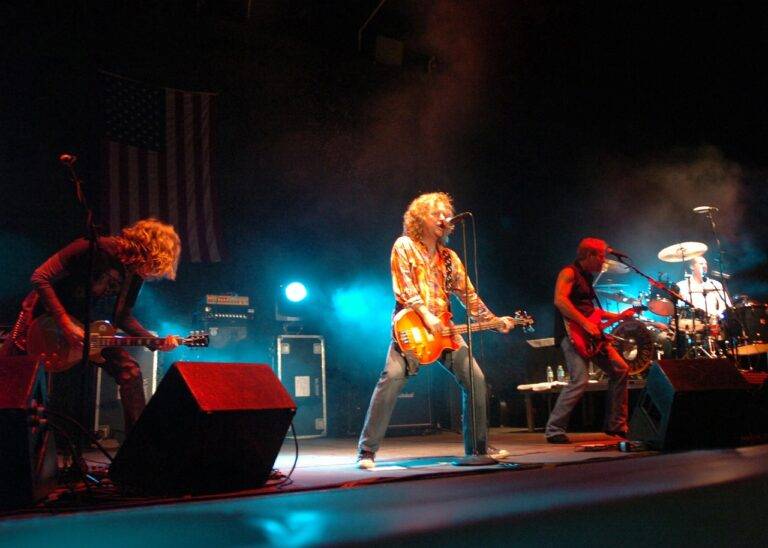Behind the Scenes of CGI: Innovations in Visual Effects Technology
CGI technology has come a long way since its inception in the world of film and television. What once began as simplistic computer-generated imagery has now transformed into a highly sophisticated tool for creating visually stunning effects that captivate audiences worldwide. With advancements in technology, filmmakers and creators have been able to push the boundaries of what is possible, seamlessly blending real-life footage with CGI to transport viewers into fantastical worlds beyond imagination.
One of the most notable developments in CGI technology is the ability to render lifelike characters and environments that are almost indistinguishable from reality. Through intricate computer algorithms and meticulous attention to detail, CGI artists can breathe life into characters that evoke genuine emotions and reactions from viewers. This evolution in CGI has revolutionized the way stories are brought to life on the big screen, allowing for a level of creativity and visual spectacle that was once thought impossible.
The Use of Motion Capture in Creating Realistic CGI Characters
Motion capture technology has revolutionized the way CGI characters are brought to life on the big screen. By capturing the movements and expressions of human actors, filmmakers are able to create incredibly realistic and lifelike digital characters that seamlessly blend into live-action scenes. This technology has allowed for a level of detail and authenticity that was previously unattainable through traditional animation methods.
One of the key advantages of motion capture in creating CGI characters is the ability to capture the subtle nuances of human movement and emotion. This level of detail adds a layer of realism to digital characters that helps to immerse viewers in the story and enhance the overall cinematic experience. Additionally, by using real actors as the basis for CGI characters, filmmakers are able to infuse their digital creations with a level of humanity and depth that resonates with audiences on a deeper level.
The Impact of Virtual Reality on Visual Effects in Movies
Virtual reality (VR) has significantly impacted the visual effects industry in movies, revolutionizing the way filmmakers create immersive and realistic scenes. By utilizing VR technology, filmmakers can now explore and visualize complex CGI environments in a more interactive and three-dimensional manner, enhancing the overall visual quality of the final product. This level of detail and depth in virtual environments allows for more seamless integration of CGI elements into live-action footage, blurring the lines between reality and digital effects.
Moreover, VR has also made it easier for filmmakers to plan and execute complex stunts and action sequences with enhanced precision and safety. By immersing themselves in virtual environments through VR headsets, directors and visual effects artists can pre-visualize and choreograph scenes more effectively, allowing for better coordination between practical and digital elements. This innovative use of VR technology not only streamlines the production process but also results in more visually striking and dynamic visual effects in movies.





